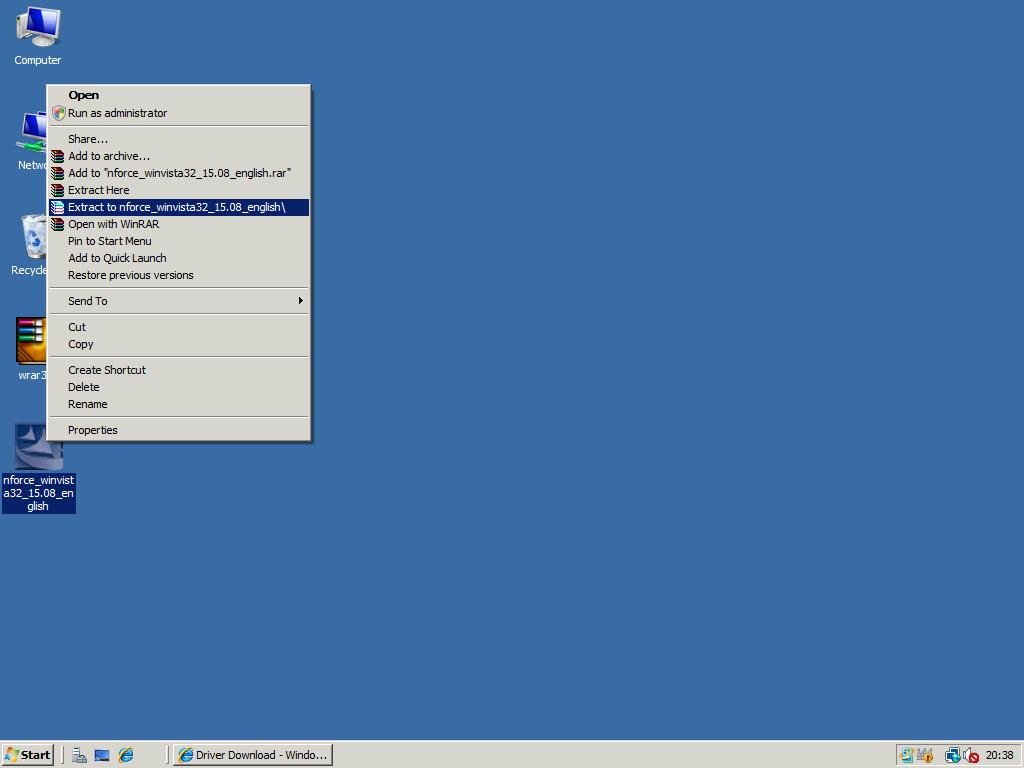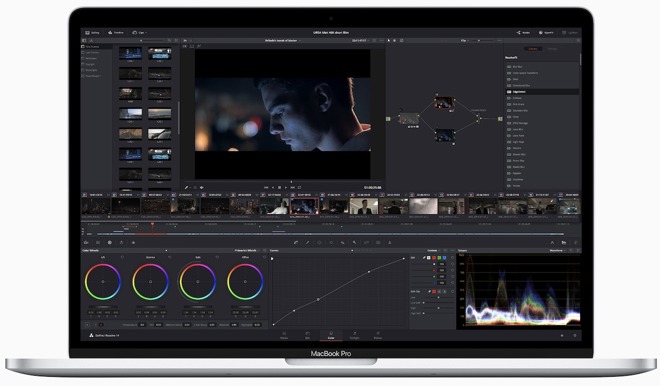Now that we all have our beta copies of Windows 7 to play with, Ars thought it was time to take Vista's successor for a spin on the Apple side of the street. After all, it isn't every day that recent switchers and established users get to (legitimately) try out a copy of Windows for free, so we burned a couple of ISOs and got to work.
Tech — Running the Windows 7 beta on a MacBook Windows 7 may still be in beta, but it's good enough on a Mac. Whether you David Chartier - Mar 10, 2009 4:27 am UTC. The HP Driver Packs contain the Microsoft Windows drivers in.INF-based installation format. This INF installation method can be used standalone or with bare-metal operating system deployment tools that require.INF-based drivers. Select 32-bit or 64-bit to see a list of platforms (notebooks and tablets, workstations, and desktops) and the. Includes NVIDIA Driver Manager preference pane. Includes BETA support for iMac and MacBook Pro systems with NVIDIA graphics; Release Notes Archive: This driver update is for Mac Pro 5,1 (2010), Mac Pro 4,1 (2009) and Mac Pro 3,1 (2008) users.
We covered all the major bases for our experiment, and just to keep things interesting, we worked on a unibody MacBook with those multi-touch trackpads that don't even play well with Vista yet. We installed both 32-bit and 64-bit versions of Windows 7 natively in Boot Camp, then moved on to virtualization with VMware Fusion 2 and Parallels Desktop 4 just for good measure.

Overall, things went well, but since this is a beta OS that is supported by exactly zero parties involved, there were naturally some drawbacks and a few dead-ends. We'll run through installation procedures and best practices, and share some general tips on what to look out for. Ultimately, we found that Windows 7 is definitely doable—even usable—on a Mac under the right circumstances, but 'beta' definitely means beta for now.
Boot Camp
It goes without saying that Boot Camp provides the best experience for running Windows on a Mac, so we started there. Apple offers full hardware and video support for XP and Vista via prepackaged drivers, so we told both the 32-bit and 64-bit Windows 7 versions to drop and give us 20.
First up was the stable 32-bit version. Despite Apple featuring 64-bit Core 2 Duo Intel chips across its Macs, the company still recommends and only provides drivers for the 32-bit flavor of Windows, so c'est la vie. If you don't already have a Boot Camp partition set up, the Boot Camp Assistant fortunately recognizes a Windows 7 install disc (despite specifying XP SP2 or a flavor of Vista). You can use the assistant to get started and jump into rebooting from your burned Windows 7 ISO to begin the installation.

For those who are already rocking XP or Vista on a partition, like we are on our MacBook (or on a second drive for Mac Pro owners), simply booting from the Windows 7 DVD to install over that partition will work fine as well. Either way, you can proceed with installing Windows 7 like any other version of Windows. Notably, our MacBook's multi-touch trackpad that can cause trouble in Vista works surprisingly well during the Windows setup. We could even mouse with one finger, leave that finger on the pad, and use our thumb to click buttons. WiFi worked during setup, and we were able to connect to our AirPort Extreme 802.11n station running WPA2 Personal/AES encryption.
Once you are in Windows, however, a number of components, including audio and right-clicking, may not work and Windows Update will probably be powerless to help. This is where Apple's Boot Camp drivers and a little elbow grease can help turn your Device Manager's frown upside down.
Drivers
To get started, toss in the Mac OS X install disc that came with your Mac (this is the preferred option over using a retail copy of Leopard) and run the Boot Camp installer. Audio and two-finger right-clicking should work after restarting (but not control-clicking), though two components in Device Manager on our MacBook—Coprocessor and SM Bus Controller—should still be driver-less. You can run Windows Update, but as of this writing, there are just a couple of small updates for Windows Media player and other random essentials available, nothing particularly crucial. Our machine seemed to perform fine with typical tasks like installing Firefox and running WMP, but a Windows Experience Index (WEI) of 2.9 said otherwise.
To fix any driver problems and get that WEI up to snuff, dig into your MacBook's Mac OS X install disc (right-click and choose 'Open in New Window'). For our MacBook's two aforementioned components, we browsed to Boot CampDriversNVidia (hat tip to this MacRumors thread). As long as you have a RAR utility installed, like WINRar, extract the NVidiaChipset.exe to a location of your choice and run the Setup.exe in that folder. After restarting, your Device Manager should report a clean set of components and your WEI should be a bit more favorable—ours is now 4.4.
Of course, we cannot account for every Mac configuration out there with this guide, but those driver folders are probably the best place to start if you have any other driver-less components or funky behavior. Audio on MacBooks and MacBook Pros has a tendency to stutter under Vista and Windows 7, for example, so manually installing RealTekSetup.exe in that Drivers folder seemed to fix our problem. Some people recommend downloading the High Definition Audio drivers directly from Realtek's site, but that actually killed our audio, at least on this latest-generation unibody MacBook. As usual, your mileage may vary.
Driver Pack 2009 For Mac Os X
From there you should be set to run Windows 7 32-bit in Boot Camp. A performance review is outside the scope of this piece, though we did note a few things while doing basic, everyday stuff. On the whole, Windows 7 feels notably faster than Vista Home Premium on our MacBook, though both IE8 and Firefox got a bit crashy after installing Flash 10. Games seem to run better as well, as we installed Steam and noticed that Half Life 2 performs better at 800x600 and even 1024 resolutions. Two-finger scrolling works in most apps, but not in some areas, such as file open/save dialogs.
Unfortunately, we did not have as much luck with the 64-bit version of Windows 7 on our MacBook. The OS installs fine, but we could not fix missing driver problems for audio, Coprocessor, and SM Bus Controller components, regardless of using Boot Camp or other manual installations. The out-of-box experience was also pretty shaky, as applications were noticeably more prone to crashing, and bizarre visual artifacts like menu shadows would linger on screen.
Mac Driver Update


Mac Driver 10
Again, your mileage may vary on a different Mac. But considering the 64-bit-related driver and software problems of Vista, it may be better to stick with Windows 7 32-bit for now if you're going the Boot Camp route. If you have a different experience, definitely do share in the comments.